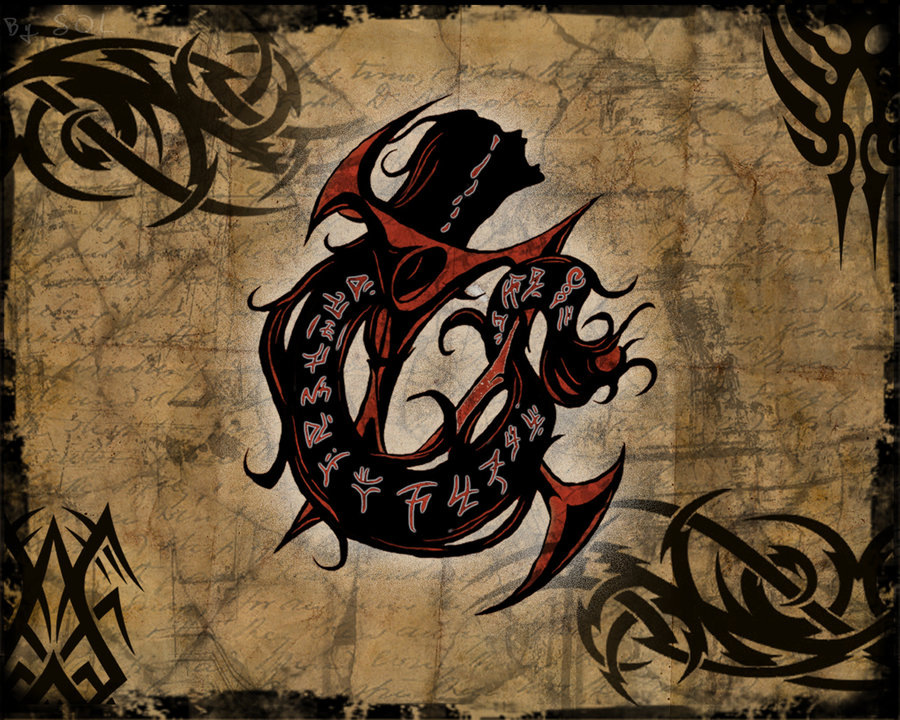Have you ever started a career that can be said to have started with a bang? Most of us have not, you show up at work, go through training, and the employer unleashes you amongst the wilds to fend for yourself in most cases. Music is a career path that one does not go down unless you already know what you're doing, its hard to get paid to learn how to make music. Thankfully, Noriyuki Iwadare is one of those that had a career that practically exploded as soon as it began, so let's dive on in!
1988 was the first year Noriyuki Iwadare made music for video games, and it was a bit of doozy, or rather, a cult classic video game with a powerful soundtrack. Alien Crush for the Turbo Grafx-16 is this game, if only the developers made it scroll vertically instead of having seperate screens.
A couple years later would mark the transition to a new decade and the next step of Mr. Iwadare's career. Here's the list of games that the man did music for, first off, the sequel to Alien Crush, Devil's Crush, After Burner 2 (Genesis), Space Invaders '91, and Granada (Genesis). Where did all this time come from? Logic would say, the 2 year hiatus. Nevertheless there is some awesome music in those 4 games, but I'll tease you with some Devil's Crush.
Did you really think a man like Noriyuki Iwadare would slow down though? Logic might be wrong in finding the time to make that much music in 2 years since the list of games he worked on from 1991-1996 is immense! 1991 was largely quiet. Now you know that Noriyuki Iwadare had a hand in the creation of one of the internet's oldest and undying memes. All your base. Yes, Noriyuki Iwadare worked on Zero Wing for the Sega Mega Drive (no Genesis release), but there are a few games he worked on where it is unclear what he specifically did, whether it was actual composition, arrangement, or a straight conversion (making the music for a game on one system friendly to another) for some games, this is one where he probably did the conversion for the Genesis release. It was fairly common for newer music workers to be assigned to conversions and arrangement instead of making their own compositions.
We've all probably heard that remixed version, what about the original song?
The other games he worked on in 1991 included another conversion to the Genesis, Ys III: Wanderers from Ys, compositions from Wings of Wor, Warsong, Blue Almanac, and Head Buster. Again, it seems like Mr. Iwadare does not sleep and constantly makes music. When you get paid to create passionate music then why stop?
The next year, 1992, could be said to be the breakout year for Mr. Iwadare, mainly because of his involvement with Game Arts that would lead to some of the best, yet criminally underrated RPG soundtracks. He won an award, Best Game Music for the Sega Mega Drive/Genesis for Lunar: The Silver Star. That really put him on the map and pretty much put an end to his conversion and arrangement days outside of prior commitments. Now, he was a full fledged composer. Lunar's soundtrack would go on to probably be the most re-released and remastered RPG ever made, with competition from Ys I & II, and Final Fantasy. The rest of the year was cool too, with games like Steel Empire and Gley Lancer receiving some more Iwadare music.
The success of Lunar's soundtrack lead to a few other RPG soundtracks outside of Game Arts, like Maten no Sometsu that never released outside of Japan, the last few non-composer related jobs fizzled out by 1995 so all Noriyuki Iwadare could do is make more music. He returned to the world we know as Warsong, but is really Langrisser everywhere else with who could be called his sidekick, Isao Mizoguchi, the two having worked together on most of the composition jobs since the first Langrisser (Warsong). The game was Langrisser II, which has still never been released outside of Japan.
Finally, after two long years of waiting, Japanese gamers were blessed with another Game Arts and Iwadare meeting. The long awaited Lunar sequel, this one titled Lunar: Eternal Blue, released very late in the Sega CD's lifecycle. Japanese gamers got to play this game in the holiday season of 1994, while us Americans did not get the game until the tail end of summer in 1995. Was anybody even paying much attention to new Sega CD games by that point in time? Somebody somewhere was.
1995 saw the release of a little known Lunar game, Lunar: Walking School released in Japan (where it would remain forever) on the Game Gear. Like all early Lunar games this one recieved the remake treatment, getting new graphics, anime cutscenes, remastered music and such for the Sega Saturn in 1997. The remake is known as Magic School Lunar in its anglicized name and is a prized import for hardcore Lunar fans. Basically, this game is a super prequel that outlines the shenanigans surrounding the founding of the Magic School. Now have some Der Langrisser music, this came out in 1995 as well.
Since I'm going into much more detail than I was before I have decided to split this entry into 2 chapters. Chapter 2 will cover 1996-2013. We made it 8 years in the first chapter, but did you see how many games there were?
|
|



